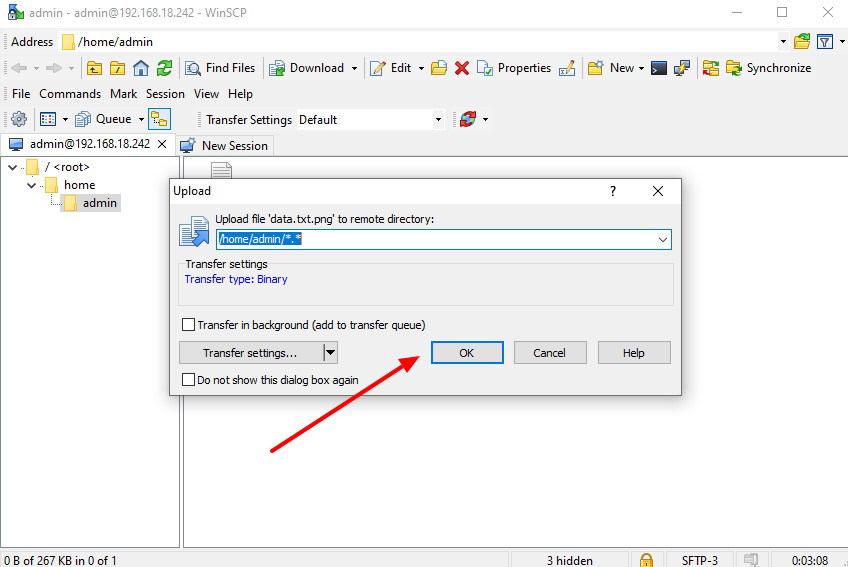
It will allow you to run a locally saved script on a remote session.It has features of ‘send to the tray’ and an icon for each session.KiTTY provides features of Sessions filter, Portability, and Automatic password.

You can integrate KiTTY into Internet Explorer or other browsers like Firefox. KiTTY has the capacity to handle a port knocking sequence.

In this case, the password value will be encrypted. It provides an automatic password feature that will help you with the automatic connection to telnet, ssh-1, and ssh-2 servers. KiTTY is an SSH client that is based on PuTTY’s 0.71 version. ExtraPuTTY provides several features like Status Bar, DLL frontend, Timestamp, etc. PuTTY Tray is for minimizing to the System tray, URL hyperlinking, Window transparency, Portable sessions, etc. SuperPuTTY is an application that is developed to help with Tab management for PuTTY SSH Client. Verdict: SuperPuTTY, PuTTY Tray, and ExtraPuTTY are also the PuTTY forks.
It will allow you to save credentials or private keys to any session. You can automate all the scripts after establishing the connection. With the help of Windows Search Integration, the saved session could be found easily. Solar-PuTTY provides a tabbed interface, thus, it will be easier to manage multiple sessions from one console. You will be able to automate all scripts after establishing the connection. Solar-PuTTY will help you in managing the remote sessions from one console with a tabbed interface. #1) Solar PuTTY, SuperPuTTY, PuTTY Tray, ExtraPuTTY Multi-tabbed SSH client for copying files and directories. SFTP and FTP client for copying a file between local computer & remote server. SSH client for Windows & fork from version 0.71 of PuTTY. So you can use tools like FileZilla to transfer files from and to the gateway.For managing remote sessions in a professional way.Īuto-login by saving credentials, Auto reconnecting capability, etc. It shall be noted the sftp is also available from version 0.911 on. There is no root access, but the default user is an sudoer. Then you have the access to the gateway via SSH. Then you need to have the SSH credentials to access to the gateway that can requested to SolidRun support. With the default gateway configuration the simplest is to use the WiFi access point: The first step is to know your network configuration, the simplest is to get it via Kura ( Configuring SolidSense networking with Kura ) However, there are some possibilities that are explained here Using to access SolidSense gateway 
WAN are generally using firewalls and NAT that are making the direct SSH login on the gateway impossible. In most of the case SSH access can be possible only through LAN access. This is also the case for users that wants to add their specific applications or configuration. For specific operations it can be useful to have a direct SSH to the gateway.







 0 kommentar(er)
0 kommentar(er)
